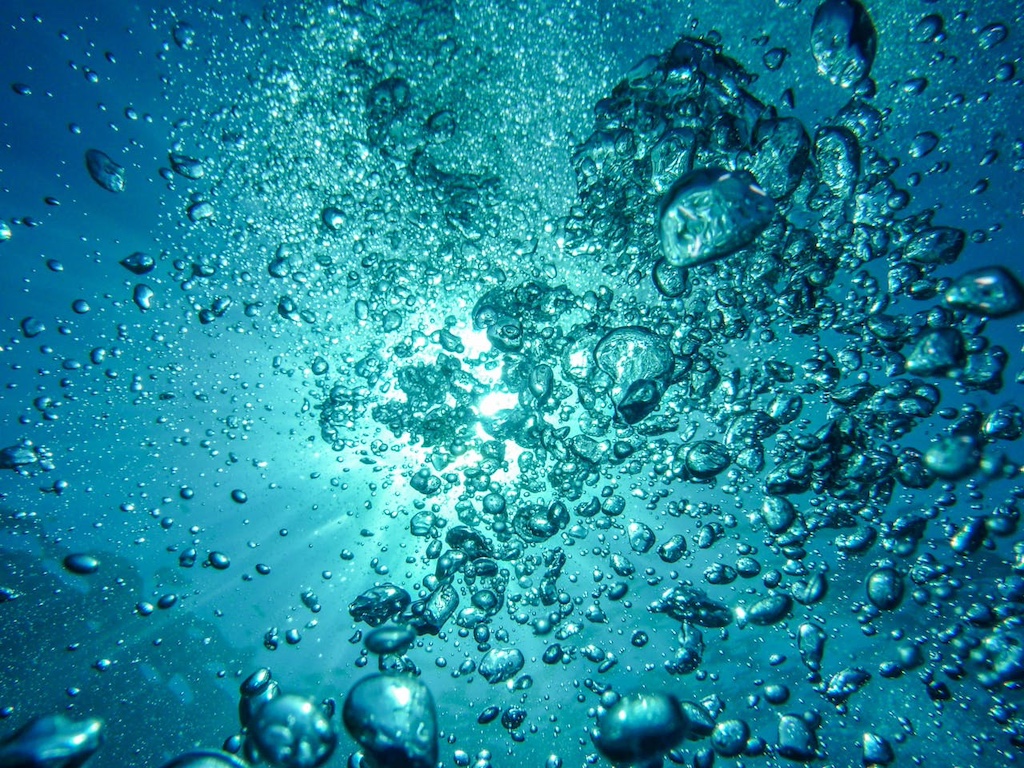The ocean is one of Earth’s most vital life-support systems, covering over 70% of the planet and hosting a rich diversity of marine life. However, beneath the surface lies a growing and often underestimated threat—oil spills. While some spills capture global headlines, many others occur quietly, causing long-term damage to ecosystems, wildlife, and local economies.
Oil spills don’t just create dark slicks on the water; they disrupt entire ecosystems. From toxic exposure to habitat destruction, their consequences are far-reaching and long-lasting. Understanding what causes oil spills, how they contaminate the ocean, and the methods used to address them is essential to protect our marine environment.
Causes and Impacts of Oil Spills on Marine Ecosystems
Oil spills can occur due to human error, technical failures, or natural disasters. Common causes include:
- Accidents during oil transportation by tankers and pipelines
- Offshore drilling operations gone wrong
- Operational discharges from ships and industrial activities
- Leaking storage facilities near coastal areas
Once oil is released into the sea, it spreads rapidly, forming slick layers on the surface. This layer prevents oxygen exchange between the ocean and the atmosphere, creating low-oxygen zones that endanger marine species.
The impacts on marine ecosystems are severe:
- Wildlife Exposure: Marine animals like fish, seabirds, and mammals can ingest or get coated with oil, leading to poisoning, hypothermia, or death.
- Habitat Destruction: Coral reefs, mangroves, and seagrass beds—critical marine habitats—can be smothered by oil, disrupting breeding and feeding grounds.
- Food Chain Disruption: Toxic compounds from oil can accumulate in plankton and small organisms, eventually making their way up the food chain, affecting larger species and even humans.
- Economic and Social Consequences: Fisheries, tourism, and coastal livelihoods often suffer long-term financial damage after an oil spill event.
How Oil Contaminates the Ocean
Once oil enters the water, physical and chemical processes determine how it spreads and behaves.
- Spreading and Drift
Oil spreads quickly, forming a thin slick that can travel long distances due to wind, waves, and currents.
- Evaporation and Dissolution
Lighter components of oil evaporate into the atmosphere, while some dissolve in seawater, creating toxic conditions for marine organisms.
- Emulsification
Waves can mix oil with water, forming a sticky emulsion that is harder to clean up and can persist for weeks or even months.
- Sedimentation and Sinking
Heavy oil or weathered residues can sink to the ocean floor, contaminating sediments and affecting benthic (bottom-dwelling) species.
This contamination doesn’t disappear overnight. Depending on the type and amount of oil, recovery can take years or even decades, with some areas never fully returning to their original state.

Efforts and Technologies to Combat Oil Spills
Over the years, innovative strategies and technologies have been developed to combat oil spills and reduce their impact. Key methods include:
- Booms and Skimmers:
Floating barriers (booms) are used to contain oil on the surface, while skimmers remove it from the water.
- Dispersants:
These are chemical agents sprayed on oil slicks to break the oil into smaller droplets, allowing it to disperse more easily. While effective, dispersants must be used carefully to avoid further ecological harm.
- Bioremediation:
This involves using microorganisms to break down oil naturally, accelerating the recovery of the ecosystem.
- In-situ Burning:
In some cases, controlled burning is used to remove large amounts of oil from the surface quickly.
- Remote Monitoring and Early Detection:
Advanced satellite imagery and drones help detect and track oil spills in real-time, allowing for faster response efforts.
These technologies, combined with strong environmental regulations and rapid response teams, play a crucial role in mitigating the consequences of oil spills. Prevention, however, remains the most effective strategy.
Conclusion
Oil spills may not always make the news, but their impact on marine ecosystems is profound and long-lasting. They threaten biodiversity, disrupt food chains, damage economies, and harm communities that depend on the ocean.
By understanding the causes of oil spills, how they contaminate the sea, and the technologies available to address them, we can push for stronger regulations, better industry practices, and faster response mechanisms. Protecting the ocean means protecting life itself—because the health of marine ecosystems is deeply connected to the health of our planet.
Read other Articles: Oil Spills – A Serious Threat to Marine Ecosystems

